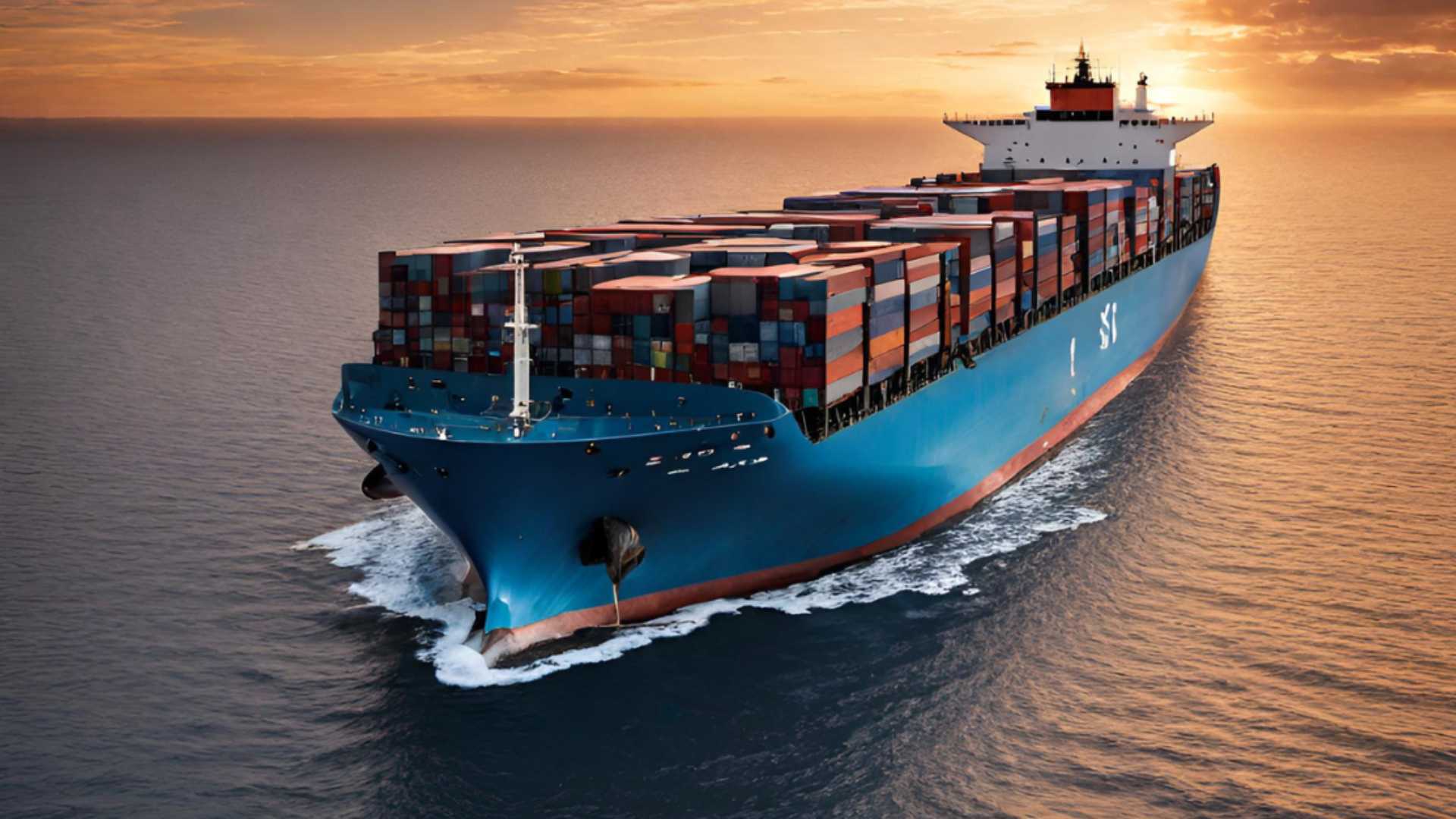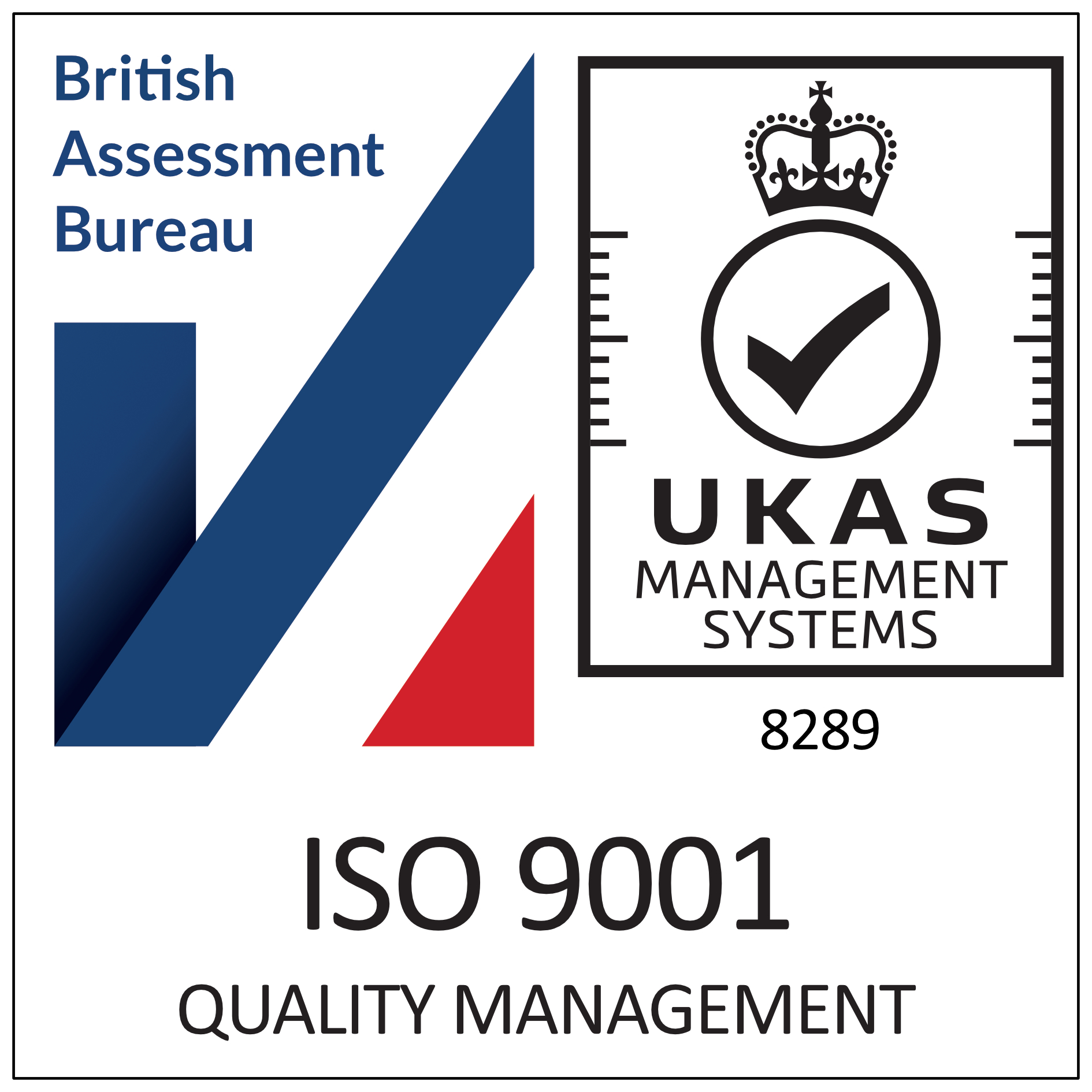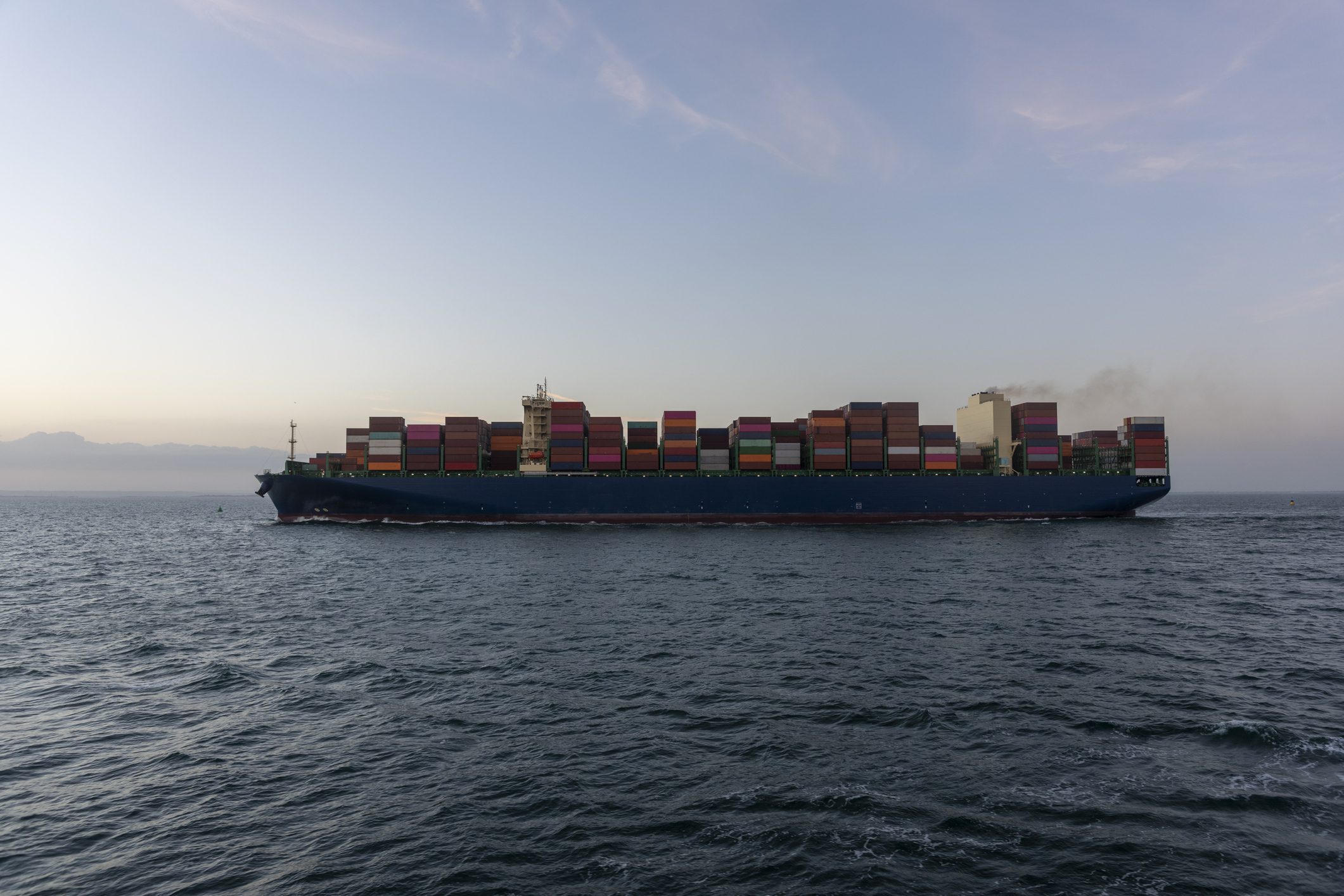10 Apr Phase VII Implementation of the Lacey Act: What Importers Need to Know
In the realm of international trade, staying abreast of regulatory changes is paramount. One such regulation, the Lacey Act, has been pivotal in combating illegal logging and promoting sustainable trade...













